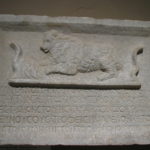
Ancient Greek
Greek belongs to the Indo-European language family. It has an extraordinarily rich history reaching back to the Mycenaean Greek of the Linear B Tablets (second millennium BCE) deciphered in the 1950s. Ancient Greek is the language of many great masterpieces of world literature, including the Iliad and the Odyssey, the tragedies of Aeschylus, Sophocles, and Euripides, the comedies of Aristotle, and the dialogues of Plato, among many others. A remarkable body of documentary texts has also been preserved in inscriptions, papyri, and on other writing surfaces, recording often vivid details of the lives of ordinary people.
At MALS we focus on the Greek of the archaic (viii–vii BCE), classical (vi–iv BCE), and post-classical or Koine (iii BCE–vi CE) periods, beginning from the classical Attic dialect. We also include courses specifically focused on biblical and Patristic Greek.
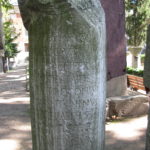
Latin (Winter Week only)
MALS offers courses in Latin at our Winter Week each year. In the summer Latin is catered for by the Sydney Latin Summer School (based at the University of Sydney).
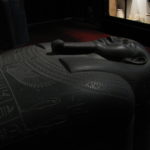
Hieroglyphic Egyptian
Egyptian belongs to the Hamito-Semitic (or 'Afro-Asiatic') language family. It has the longest written attestation of any language (including the latest form Coptic, on which see below), in use in one form or another over a period of some forty-seven centuries. It is the language of Pharaonic Egypt, and persisted during the Greek, Roman, and Arabic periods.
At MALS we focus on Middle Egyptian, spoken approximately 2200–1600 BCE, but continuing as a written language until the late fourth century CE, using the famous hieroglyphic script. We also investigate Late Egyptian texts written in the Hieratic script, a cursive form of hieroglyphs.
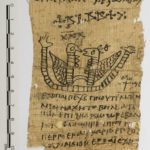
Coptic (not available Summer Week 2021)
Coptic is the fifth and final recorded stage of the Egyptian language, written in the Greek alphabet supplemented by six inherited Egyptian characters. The earliest Coptic texts date from the third century CE. Coptic died out as a spoken language in the Medieval period, but is still in use today as a liturgical language in the Coptic Orthodox Church. At MALS we investigate the Sahidic and Bohairic literary dialects.
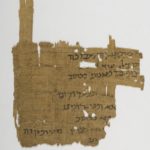
Ancient Hebrew
Hebrew is a North-West Semitic language, recorded from at least the tenth century BCE and spoken in the ancient Kingdoms of Israel and Judah. In this early phase of development it is best known as the language of biblical literature and our courses at MALS focus on this form of the language.
As a written language Hebrew survived right through into modern times when it was revived around the late nineteenth century as a spoken language. Today it is the national language of Israel.
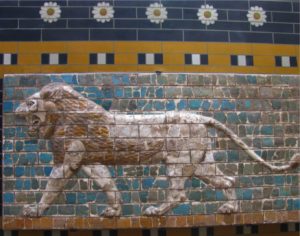
Akkadian (not available Summer Week 2021)
Akkadian is a North-East Semitic language, the oldest recorded of all languages in the Semitic group. It was the major language of ancient Mesopotamia (roughly modern Iraq) for many centuries, and was long used as a lingua franca over much of the Near East. The first connected texts in Old Akkadian date from around 2400 BCE. Two main dialects developed in the second and first millennia BCE, Babylonian in the south and Assyrian in the north. From the middle of the first millennium BCE Akkadian declined in importance, but it persisted as a written language down to i CE.
Akkadian was written in cuneiform script, most typically with a reed stylus on clay tablets (our image shows an example actually written in Hittite, an Indo-European language).